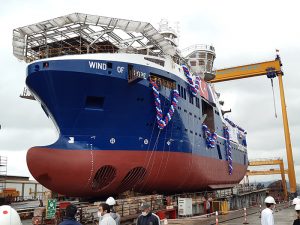
Hornsea Two SOV launched in Turkey
Turkey’s Cemre Shipyard today launched the offshore wind service operations vessel (SOV) for French operator Louis Dreyfus Armateurs (LDA). It is set to arrive at Ørsted’s U.K. east coast operations and maintenance

Turkey’s Cemre Shipyard today launched the offshore wind service operations vessel (SOV) for French operator Louis Dreyfus Armateurs (LDA). It is set to arrive at Ørsted’s U.K. east coast operations and maintenance
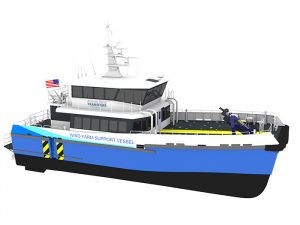
Atlantic Wind Transfers, based in Quonset Point, R.I., has secured its second long-term Crew Transfer Vessel (CTV) contract in the U.S. to provide offshore marine support services for the Siemens Gamesa offshore
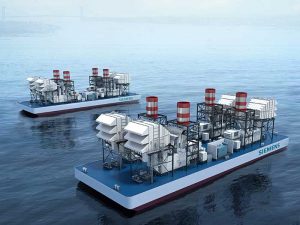
Vancouver, B.C. headquartered Vard Marine Inc. has been contracted to complete the basic class design package of a new generation of Siemens powered SeaFloat power barges to support New York’s Gowanus Repowering
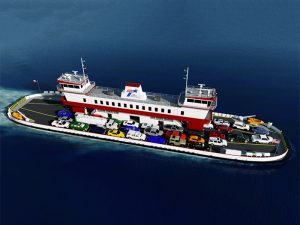
The Shearer Group, Inc. (TSGI) is to provide construction oversight of the 300 ft hybrid ferry under construction for the Texas Department of Transportation (TxDOT) at Gulf Island Fabrication, Inc.’s Jennings, La.,
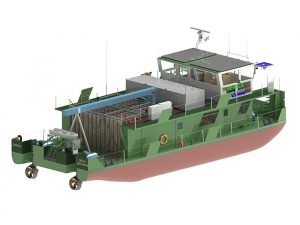
Construction is to start next month on what Berlin, Germany, based port and logistics specialist BEHALA says will be the world’s first zero-emission push boat. The energy supply on the almost 20

ABS has appointed cyber expert Ian Bramson as its Global Head of Cybersecurity. In this role, Bramson will lead the development of a cyber security risk reduction program to meet increasing demand
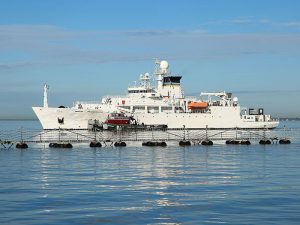
JANUARY 14, 2019 — Singapore Technologies Engineering reports today that its marine arm won S$560 million (about US$414 million) worth of new contracts in the last quarter of 2018. The company said
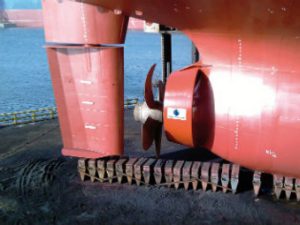
JUNE 14, 2018 — Faced with tightening emission and environmental regulations, ship operators need to invest in “green” technologies to reduce fuel consumption and lower NOx, SOx, and CO2 emissions. To achieve
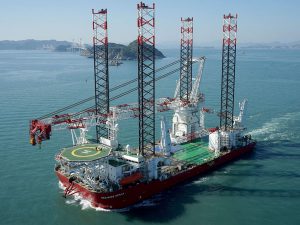
MAY 17, 2017 — Wind farm installation specialist Seajacks UK reports that its largest and most advanced installation jack-up vessel, Seajacks Scylla, has successfully completed work on the biggest offshore wind farm
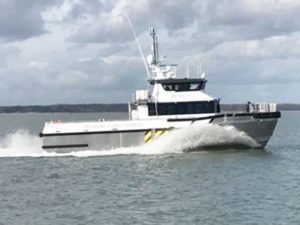
MAY 2, 2018 —Isle of Wight, U.K. based offshore energy support vessel (OESV) operator, Seacat Services, reports that periods of 2018 will see all of its 14 vessels under charter, with some